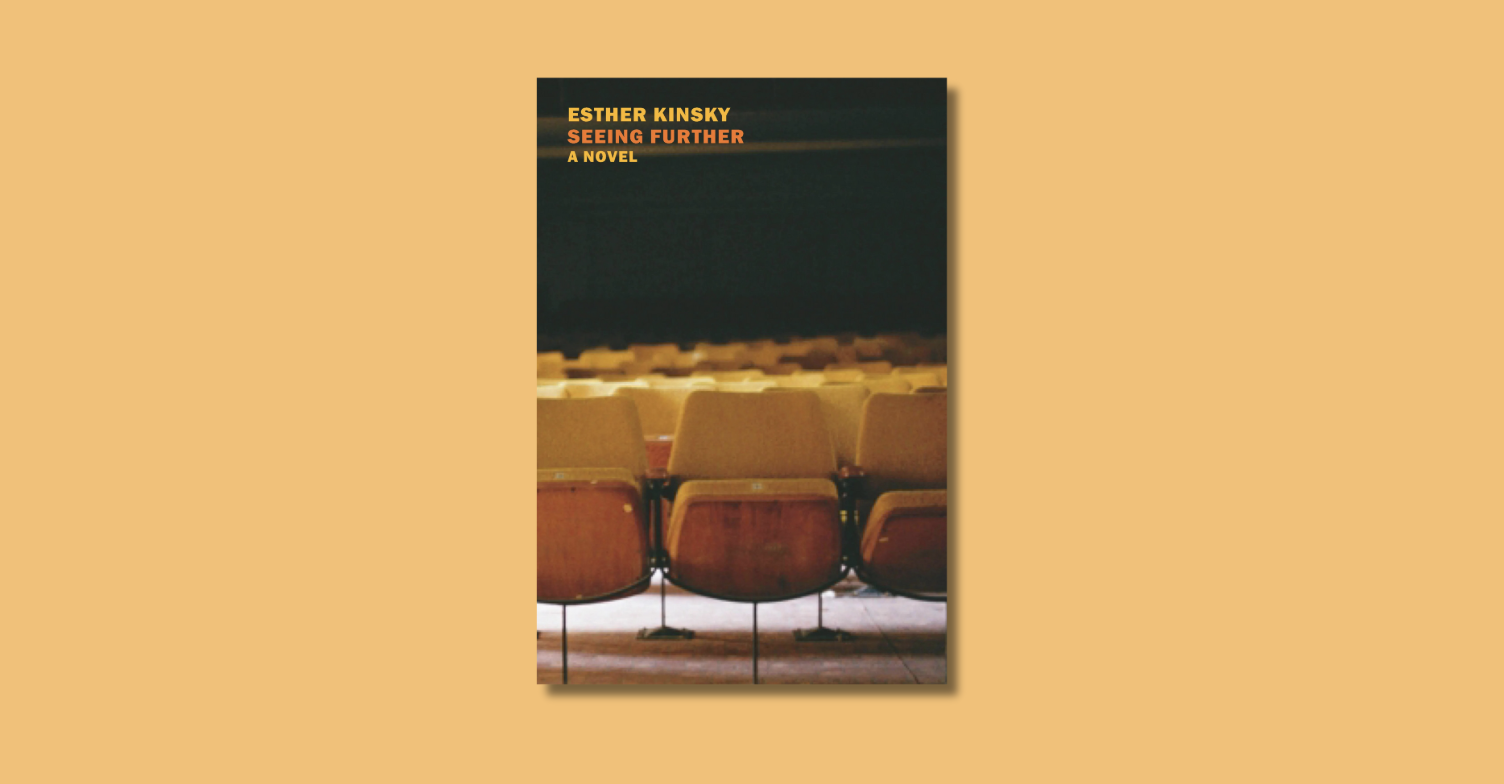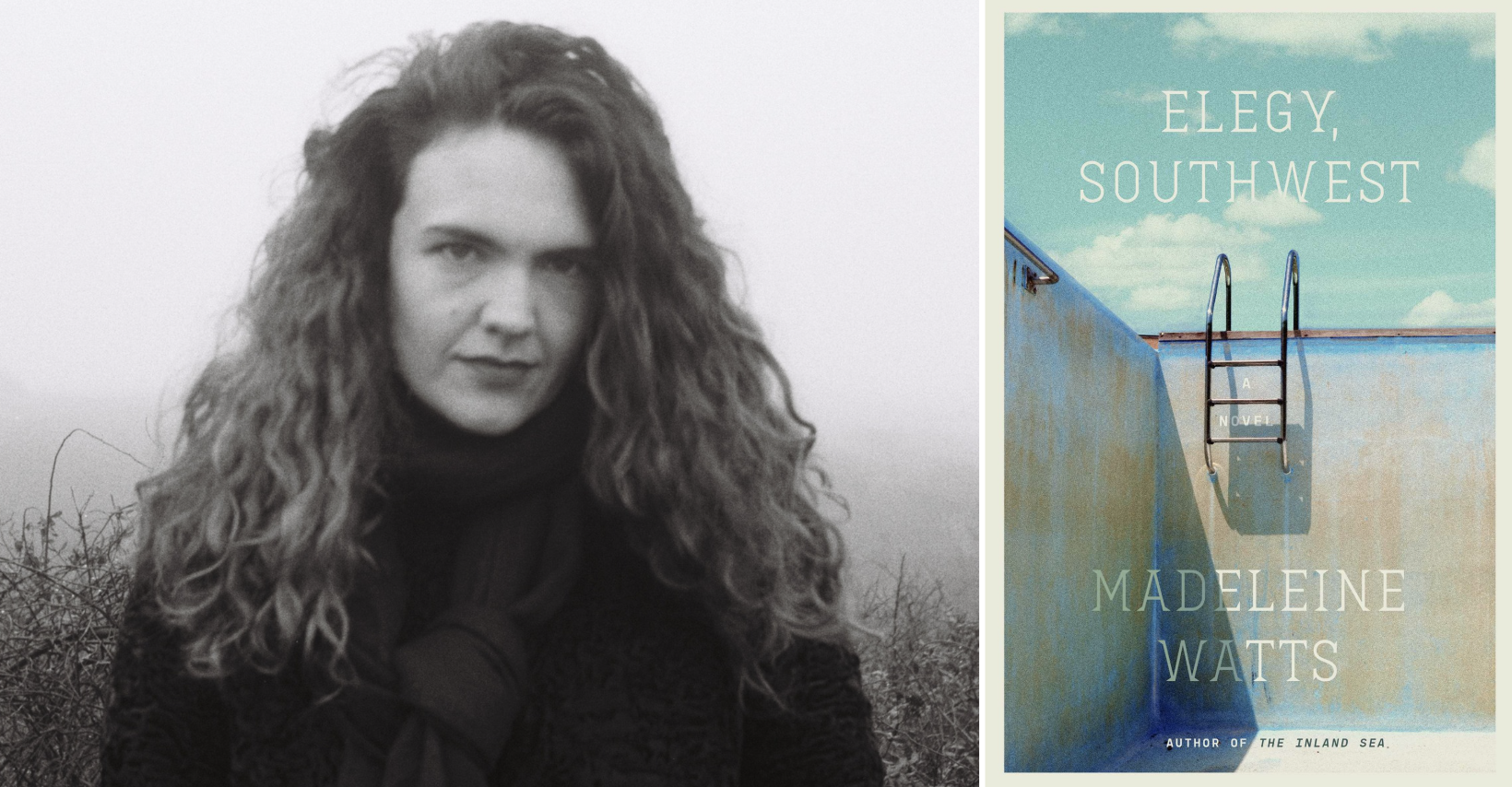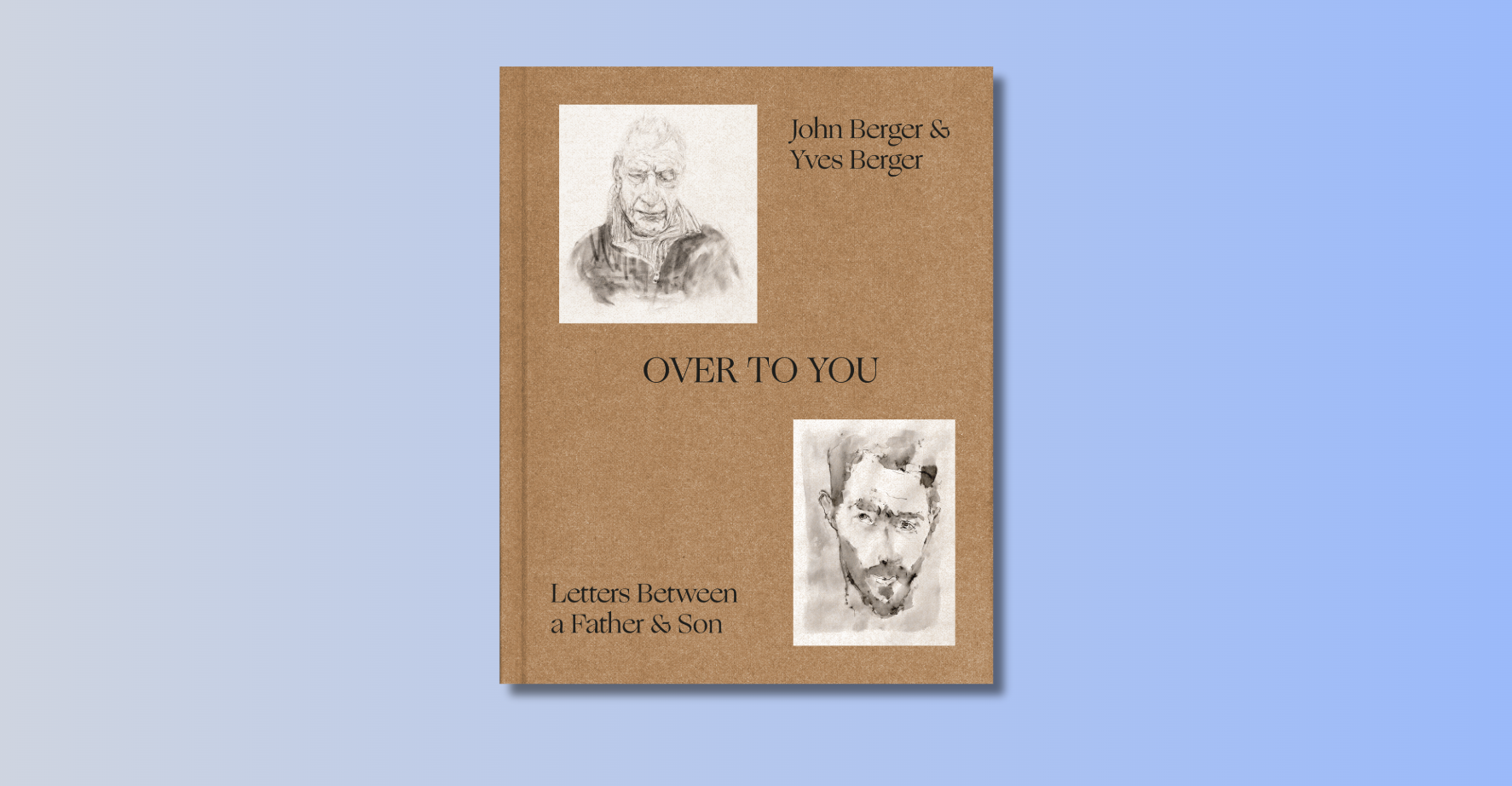Pulitzer Prize winner Rick Atkinson stopped by yesterday to sign copies of An Army at Dawn. This book is intended to be the first installment of a trilogy that will describe the liberation of Europe in World War II. This first book is about the liberation of North Africa, and the next two will cover Italy and France. Naturally, I asked him how the books were coming along, and he told me that he had put them on hold while he was embedded with the 101st Airborne in Iraq, and now he is writing a book about that experience. It will be exciting to see the many quality books that are being written by journalists and writers who spent time over there. We also discussed John Keegan, who seems to be the authority when it comes to popular histories of war. Atkinson professed to loving both The Mask of Command, which studies generals and commanders in wars from Ancient Greece to the present, and The Face of Battle, which gives similar treatment to the common soldier. Later on, while I was reading about those two Keegan books, I was pleased to discover that he has a new book that is a mere two weeks from hitting the shelves. It is enticingly titled, Intelligence in Warfare: From Nelson to Hitler.








